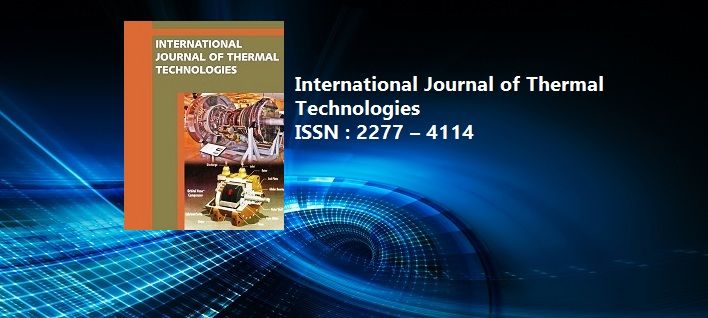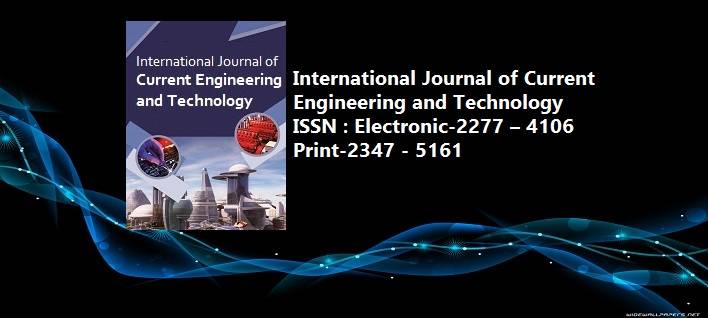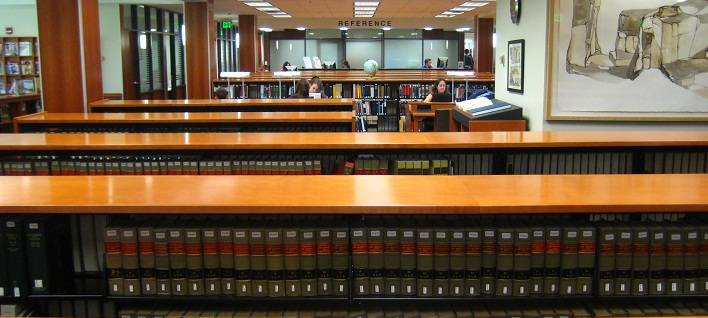Design and Analysis of a Process Plant Piping System
Pages : 31-39
Download PDF
Abstract
Piping systems are designed to perform a definite function. Piping system designing and construction of any plant or services are time consuming, complex, and expensive effort. Designing of piping systems are governed by Industrial/International Codes and Standards. Piping codes defines the requirements of design, fabrication, use of materials, tests and inspection of piping systems and the standards are more on defining application design and construction rules and requirements for piping components. The basic design code used in this paper is ASME B31.3 Process Piping code which includes petroleum refineries, chemical plants, textile plants, paper plants and semiconductor plant. The objective of this paper is to explain the basic concept of flexibility such as flexibility characteristics and flexibility factor, and also stress intensification factor (SIF) referring to this code. CAD Packages like CAEPIPE has been developed for the comprehensive analysis of complex systems. This software make use of Finite Element Methods to carry out stress analysis. However this require the pipe system to be modelled before carrying out stress analysis. Static analysis is carried out in order to find the sorted code stresses, code compliance stresses, element forces and moments in coordinates and displacement at all nodes in the piping layout. Compare the SIF results against the results obtained with CAEPIPE by using some observations on SIF equations. In CAEPIPE, if the ratio of Maximum Stress Induced to Maximum Allowable Stress is below 1 then the pipe system is safe else redesigning is required.
Keywords: ASME B31.3, CAEPIPE, Flexibility characteristics, Flexibility factor, Stress intensification factor



















 MECHPGCON, MIT College of Engineering, Pune, India
MECHPGCON, MIT College of Engineering, Pune, India AMET, MIT College of Engineering, Pune, India
AMET, MIT College of Engineering, Pune, India International Conference on Advances in Mechanical Sciences
International Conference on Advances in Mechanical Sciences  International Symposium on Engineering and Technology
International Symposium on Engineering and Technology International Conference on Women in Science and Engineering
International Conference on Women in Science and Engineering




